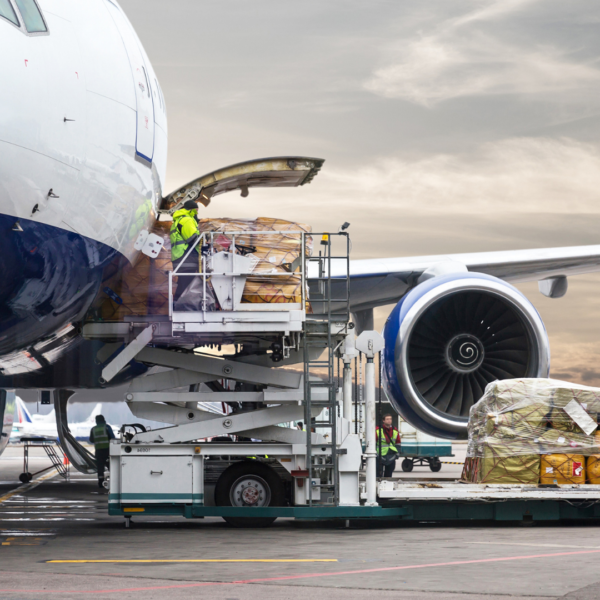Introduction
Welcome to our comprehensive guide to HazMat training! This article will provide you with the highest quality content to help you understand and navigate the complex world of dangerous goods and hazmat transportation. In this article, we will delve into frequently asked questions (FAQs) related to HazMat training and equip you with the knowledge to ensure compliance, safety, and efficiency in handling and transporting hazardous materials.

Why is Dangerous Goods Training Important?
HazMat training plays a pivotal role in maintaining safety across various industries that deal with hazardous materials. Whether you’re involved in manufacturing, logistics, or transportation, adhering to proper training protocols is essential for the well-being of your employees, the public, and the environment. By acquiring the necessary knowledge and skills, you can minimize the risk of incidents, prevent accidents, and ensure legal compliance.
What are Dangerous Goods?
Dangerous goods, also known as hazardous materials, encompass a wide range of substances that have the potential to cause harm to human health, property, or the environment. These materials can include chemicals, gases, flammable liquids, explosives, corrosive substances, radioactive materials, and more. It is crucial to identify, classify, and handle dangerous goods correctly to mitigate potential risks.
Regulatory Framework for Dangerous Goods Training
To ensure the safe transportation and handling of dangerous goods, numerous international and national regulations have been established. The most widely recognized regulation is the United Nations Model Regulations on the Transport of Dangerous Goods, which provides a harmonized framework for the classification, packaging, labeling, and documentation of hazardous materials.
In addition to international regulations, countries have their own specific requirements and agencies responsible for overseeing dangerous goods transportation. It is crucial to stay up to date with the applicable regulations in your region to ensure compliance and avoid penalties or disruptions in your operations.
The Importance of Proper HazMat Training
Proper training is essential for anyone involved in the handling, packaging, shipping, or transportation of dangerous goods. It equips individuals with the knowledge and skills necessary to:
- Identify and classify hazardous materials correctly: Understanding the properties and characteristics of dangerous goods is crucial for their safe handling and transportation. Proper training ensures accurate classification and appropriate measures to prevent accidents.
- Package and label hazardous materials appropriately: Packaging and labeling of dangerous goods should comply with specific standards to ensure proper containment, prevent leaks or spills, and communicate relevant information to all parties involved.
- Follow correct handling and storage procedures: HazMat Training provides guidelines on how to handle, store, and secure hazardous materials, minimizing the risk of incidents, contamination, or exposure.
- Comply with documentation and reporting requirements: Accurate documentation and reporting are essential for the traceability and accountability of dangerous goods throughout the supply chain. HazMat Training ensures that all necessary paperwork is completed correctly and submitted on time.
- Respond effectively to emergencies: In the event of an incident involving dangerous goods, trained personnel can respond swiftly and appropriately, minimizing the impact on human health, the environment, and property.
Training Requirements for Dangerous Goods Handling
The specific training requirements for dangerous goods handling may vary depending on the mode of transportation (air, sea, road, or rail) and the nature of the goods being transported. It is essential to identify the applicable regulations and training standards based on your industry and operational context.
Here are some key aspects to consider for effective dangerous goods training:
Initial HazMat Training
Initial HazMat training provides individuals with the fundamental knowledge required to handle and transport dangerous goods safely. It typically covers topics such as:
- Hazard identification and classification
- Packaging, labeling, and marking requirements
- Documentation and record-keeping
- Emergency response procedures
- Security measures
- Handling of specific types of hazardous materials
Recurrent HazMat Training
Regular recurrent training ensures that employees stay updated with the latest regulations, best practices, and technological advancements. It serves as a refresher to reinforce knowledge and address any changes in the industry or regulatory landscape. Recurrent training intervals may vary, so it is essential to consult the applicable regulations for your specific requirements.
Certification
Many countries and industries require individuals involved in dangerous goods handling to obtain certification or licenses. These certifications validate that the individual has successfully completed the necessary training and possesses the required knowledge and skills to handle hazardous materials safely.
Benefits of Effective HazMat Training
Investing in effective HazMat training offers numerous benefits for businesses and individuals alike:
- Compliance with regulations: By ensuring that your employees are well-versed in the regulations and best practices, you can avoid penalties and legal complications resulting from non-compliance.
- Enhanced safety: Proper training reduces the risk of accidents, incidents, and injuries, protecting your employees, the public, and the environment.
- Improved efficiency: Well-trained personnel can handle dangerous goods more efficiently, minimizing delays, errors, and disruptions in the supply chain.
- Reputation and trust: Demonstrating a commitment to safety through comprehensive training enhances your company’s reputation and builds trust with customers, partners, and regulatory authorities.
- Cost savings: By preventing accidents and ensuring compliance, you can avoid the financial burden associated with fines, legal disputes, cleanup costs, and damage to property or the environment.
Conclusion
In conclusion, proper HazMat training is crucial for the safe handling and transportation of dangerous goods. By investing in comprehensive and up-to-date training programs, you can ensure compliance, mitigate risks, and protect the well-being of your employees and the communities you serve. Stay informed about the latest regulations, consult with experts in the field, and prioritize ongoing training and certification to maintain the highest standards of safety and professionalism.
Learn more
Resources related to DG HazMat handling and HazMat training:
- Pipeline and Hazardous Materials Safety Administration (PHMSA) – PHMSA is a federal agency under the U.S. Department of Transportation that regulates and promotes the safe transportation of hazardous materials by all modes, including pipelines, rail, road, and air.
- Occupational Safety and Health Administration (OSHA) – OSHA is a division of the U.S. Department of Labor responsible for ensuring safe and healthy working conditions. They provide guidelines and regulations related to the handling and storage of hazardous materials.
- U.S. Environmental Protection Agency (EPA) – The EPA is an agency dedicated to protecting human health and the environment. Their website offers information on hazardous waste management, spill prevention and response, and other resources related to dangerous goods.
- Federal Aviation Administration (FAA) – The FAA is responsible for regulating and overseeing civil aviation within the United States. They provide specific guidelines and regulations for the transportation of dangerous goods by air.
- U.S. Department of Transportation (DOT) – The DOT is a federal department that governs transportation systems in the United States. They establish and enforce regulations related to the safe transportation of hazardous materials.
Please note that these external links are provided for reference purposes and to supplement the information provided in this article. It is always recommended to refer to the official websites of these national bodies for the most up-to-date and accurate information regarding dangerous goods training and regulations in the United States.



